The Mills Brothers – Jungle Fever
The Mills Brothers – Sleepy Head
The Mills Brothers – Put On Your Old Grey Bonnet
The Mills Brothers – Tiger Rag
The Mills Brothers – St. Louis Blues
The Mills Brothers – Rocking Chair
Ever here of Piqua, Ohio? It’s 25 miles north of Dayton, The name comes from the Shawnee “Othath-He-Waugh-Pe-Qua”, roughly translated as “He has risen from the ashes!” In 1749 it was called Fort Pickawillany, and by 1800 Upper and Lower Piqua merged into—you guessed it, Piqua. In 1833, John Randolph passed away and freed his slaves. Rossville, which he founded, also joined the burgeoning metropolis. By 1910 it had a population of 13,388, including John and Eathel Mills. John owned a barber shop on Public Square, so he and Eathel appropriately formed a barbershop quartet.
Their four boys would sing and play kazoo for passersby (we’re guessing there wasn’t a whole lot else to do in 1925 Piqua). They entered an amateur contest at Piqua’s Mays Opera House (a movie theater in reality), John Jr (b. 1910) on guitar, all four singing tight harmonies. But alas, while on stage, Harry (b. 1913) discovered he had left his kazoo at the barber shop, so he cupped his hands to his mouth and imitated a trumpet. They won the contest, and began imitating popular orchestras from the radio. John sang tuba; Harry, trumpet; Herbert (b. 1912) second trumpet; and Donald (b. 1915) the trombone. By 1928, they had graduated to playing between Rin Tin Tin features at May’s Opera House. They got an audition at WLW Cincinnati, the biggest radio station in the Midwest, and became local stars. Duke Ellington heard them and arranged an audition at CBS radio, which William Paley heard over a loudspeaker. He walked downstairs and put them right on the air. Billed as Four Boys and a Guitar, they became the first African-Americans to have a network radio show. It was a giant hit. They even co-starred on The Fleischmann’s Yeast Hour hosted by Rudy Vallee and were featured in several movies.
Their very first recording, ‘Tiger Rag’ (from The Big Broadcast), hit #1 in 1931 (remember, the boys were 21,19, 18 and 16 at the time), quickly followed by classics such as ‘St Louis Blues’, ‘Rocking Chair’, ‘I Heard’ and ‘How’m I Doin’, Hey, Hey’, Swing It, Sister, the charming ‘Sleepy Head’ and ‘Put on Your Old Grey Bonnet’. Printed on all their records of this period was the disclaimer “No musical instruments or mechanical devices used on this recording other than one guitar.”
In 1934 they were invited to England to perform before the King (the first African-Americans to be so honored), but John Jr caught pneumonia there and died. The boys wanted to break up the band, but Eathel said John Jr would have wanted them to continue, so John Sr replaced him and they hired a guitarist from outside the family.
The Andrews Sisters may have been the most popular tight-harmony tight-family group of that era, but The Mills Brothers and The Boswell Sisters (see SoTW 105) were the real innovative artists. The Boswells were mistresses of technique, wonderful harmonies and oodles of humor, with gravity-defying shifts in tempo and key. The Mills Brothers, the epitome of good taste and paragons of class, could scat nose-to-nose with Louis and Ella, invented both voices imitating instruments and vocal contrabass. Their materials are still lovable, charming and disarming after all these years. They collaborated with the likes of Duke Ellington, Louis Armstrong, Ella Fitzgerald, and Bing Crosby (here’s their giant hit ‘Dina’ from 1932, here they are with him in 1966). Bing calls them “the smoothest group of all time”, and Bing knows ‘smooth’.
Their biggest hit was ‘Paper Doll’ in 1942, after which they stopped recording in the ‘Four Boys and a Guitar’ format in favor of more conventional accompaniment. The group was widely popular throughout the war years, and continued performing in the Dad and three sons format till 1957, when John Sr retired. They were still scoring numerous hits in the 1950s, even into the rock and roll era. They continue to appear today, including third generation Millses.
For our Song of The Week, we’ve picked a zinger which demonstrates all their vocal skills, ‘Jungle Fever’. Today the Urban Dictionary defines that as ‘when a non-black person is attracted sexually to black people’. In 1991 both Spike Lee (in a film) and Stevie Wonder (an album) employed the concept. Must have been something in the air. Here’s Stevie’s cut (“She’s gone black guy crazy, he’s gone white girl hazy/They got jungle fever”).
But in 1934, when miscegenation was a crime? What in heaven’s name could they have been talking about? Well, you use your imagination and I’ll use mine. Our mores have certainly evolved since then. As have our sense of the exotic, the mysterious and the sexually dangerous. But not, I think, our sense of class.
Ever see the Congo when it’s steaming in the night?
Ever see the jungle with the animals in fright?
Put me in the Congo in the jungle and I’m right.
Got that fever that jungle fever,
Oh, you know the reason that I long to go.
Dusky maiden, dark-haired siren, Congo sweetheart,
I’m comin’ back to you.
Wild-eyed woman, native dreamgirl, jungle fever
Is in my blood for you.
Ever hear a kettle drum pounding out a beat?
Ever fight the silence and the madness and the heat?
That’s the thrill I’m cravin’ and the music is so sweet.
Oh, the congos callin’ and I long to go.
If you enjoyed this posting, you may also like:
032: Duke Ellington, “Take the ‘A’ Train” (Billy Strayhorn) 051: The Ross Sisters, ‘Solid Potato Salad’ 105: The Boswell Sisters, ‘Crazy People’
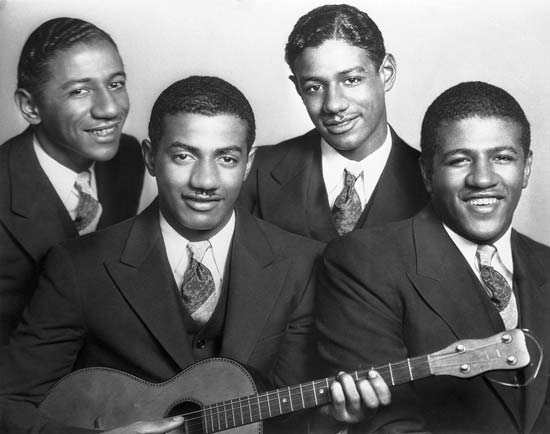

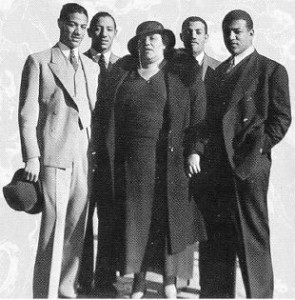
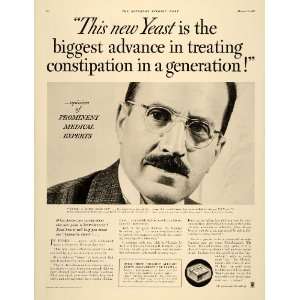
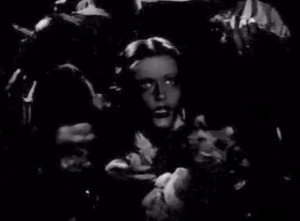
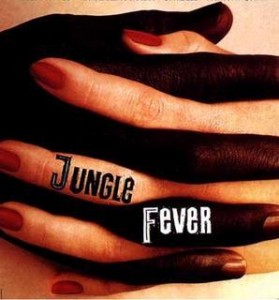
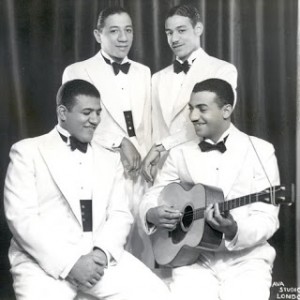
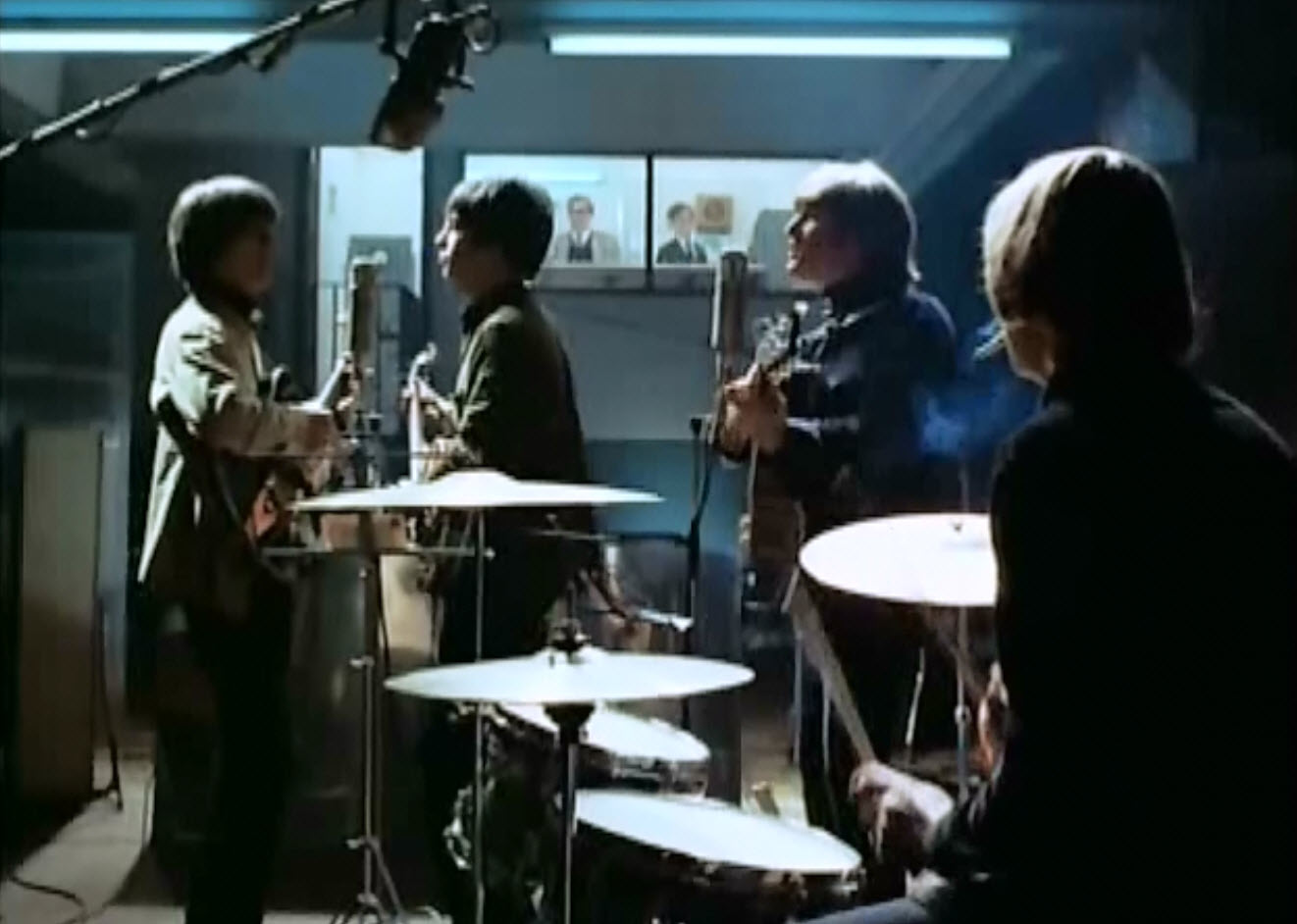
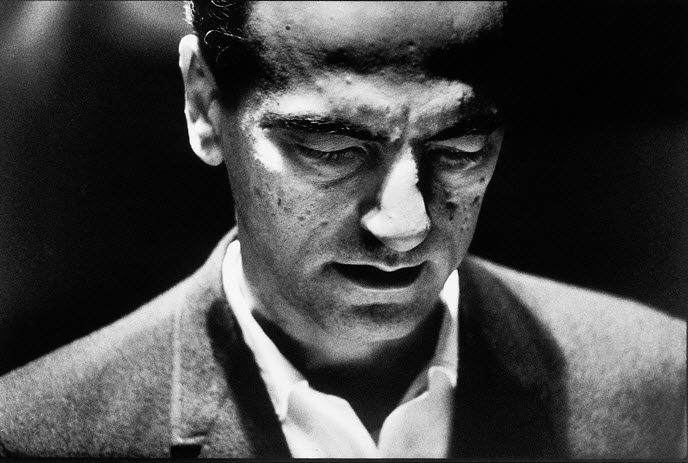

Way Cool! So many a cappella groups today try to get that great sound by imitating instruments. These guys really pull it off.
a great post! thank you. (from you friend on the train…)